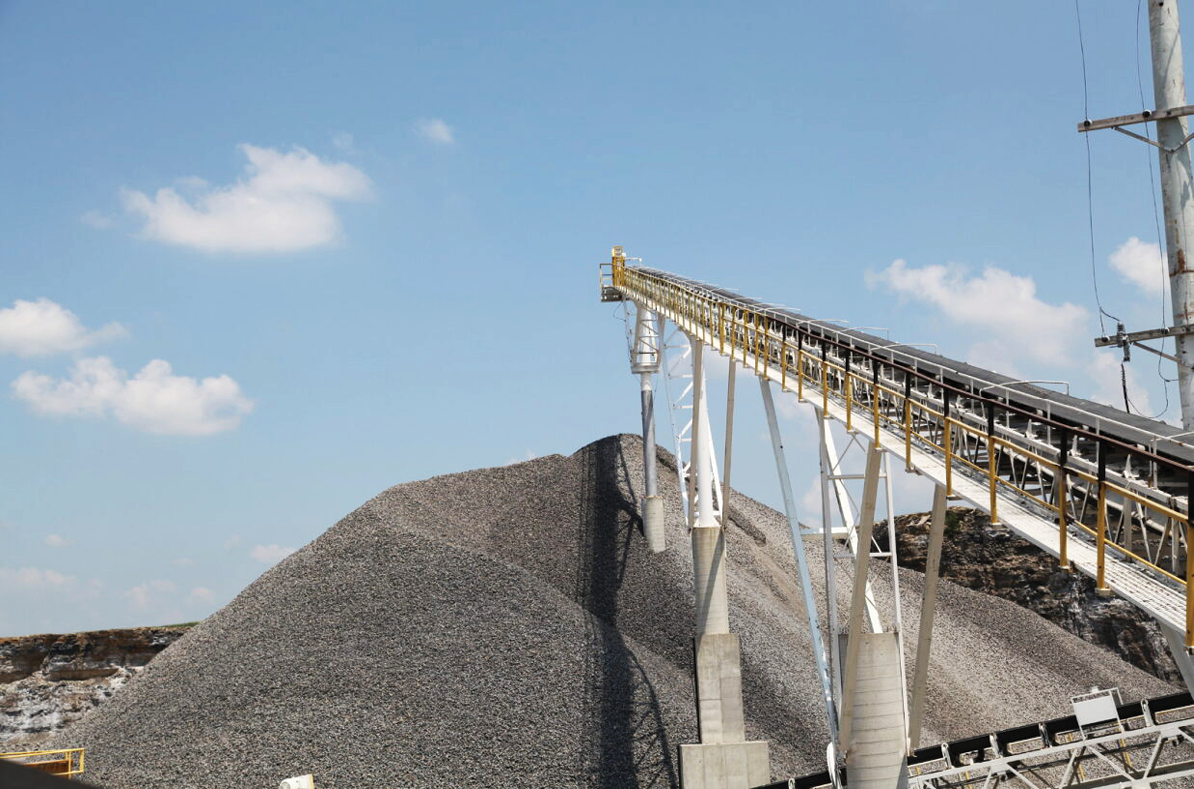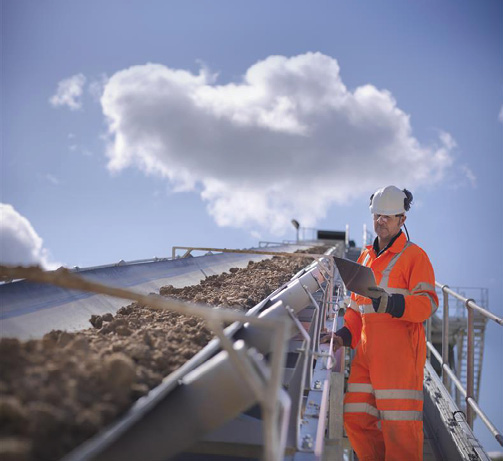by David Almanza
Conveyors are complex systems critical to the success of mining operations when it comes to moving everything from machines to materials. While industrial belting might not be the first thing that comes to mind when you think of innovation, advancements in conveyor belts continue to drive gains in productivity, efficiency and safety for mines. To minimize conveyor failures and downtime, it is important to properly design and track all components of the belting system, as well as perform routine maintenance and regular condition checks. Digital monitoring systems, including sensors and remote monitoring applications, help mining operators achieve enhanced performance, improve uptime, and increase profitability and competitiveness.

The new age of monitoring conveyors
Oftentimes, unplanned conveyor belt system shutdowns are due to idler failure, making early detection and data tracking a high priority for mining managers. Today, digital solutions are available to monitor the lifecycle of a conveyor belt, helping mining operators increase uptime, improve the total cost of ownership, and meet the need for more accurate information. Sensors are at the heart of the entire operation.
Sensors installed on the conveyor belt can monitor everything from the type and weight of material being moved to the temperature of the idlers to determine component lifetime. Cross-section monitoring evaluates the product being moved on the conveyor. Live cameras and radar on the conveyors can provide event-based data to determine if product on the belt is not supposed to be there, like large debris or rocks. Spillage detection monitors if the product on the belt is spilling over the conveyor, and belt tracking keeps an eye on and corrects the belt’s movement on the conveyor. Total belt load monitoring can track and report on the total mass, weight and production of material being moved – including whether the belt is empty or overloaded.
These sensors can then send reports and dashboards to the cloud, making them available from the plant or remotely in real time via an app. The benefits of this kind of visibility are numerous and help keep systems functioning at desired performance. Visualization tools can make it easy to see and understand the most important status information, and system alarms can be set to trigger automatically when detecting critical conditions, which helps decrease risk for system failure and improves system safety and performance.

How monitoring solutions support smooth operations
In order to help operators more effectively monitor conveying systems, some manufacturers are delivering innovative sensors and monitoring systems alongside their belting products. Conti+, for example, is Continental’s web and mobile app asset management platform that provides users with a centralized database and a toolbox that helps maximize the performance and profitability of a conveyor system. In the newest iteration of this software, Conti+ 2.0 provides support for customers and distributors, through which information about conveyor belt status and performance is always available. The app bundles static and dynamic data from belt monitoring systems. Live data can now also be processed, integrated into the app and conveniently accessed on the go via smartphone.
Conti+ 2.0 is available in four modules. The Basic Module provides quick access to all plant conveyor systems master data, optimization potential, and savings reports provided by Continental conveyor experts. The inspection module supports monitoring and recording of all on-site condition data and events, helping to effectively plan and schedule shutdowns as needed. The Engineering Module provides additional support as early as the plant design stage or for redesign belt replacements. The IoT Module uses the Internet of Things to process, analyze and visualize all important sensor data in a central database, allowing sales partners, customers, and Continental’s service teams to communicate and collaborate more closely.
With this type of data support, decision-making becomes faster and more transparent. Utilizing this technology, operators have better control of maintenance, inspections, and requirements of conveyor systems. Collaboration between key stakeholders involved in the life cycle of the conveyor is improved, and monitoring of conveyor conditions is enhanced to enable preventive maintenance.
Best practices for keeping belts running
While the digitization of conveying is helping automate the process of keeping belts healthy and functional, there are a few best practices plant managers can employ to help keep systems functioning at full capacity:
- Utilize on-belt sensors and an app-based service for optimal tracking, reporting and performance, and to reduce downtime and prevent critical failures.
- Work with the conveying supplier to ensure the technology supporting the mining operation is working as hard as it can.
- Keep the monitoring systems calibrated and maintained.
Innovation in sensors, monitors, smartphone apps and other technology solutions are driving industrial belting forward. Together, these technologies improve performance and profitability for mining operators to help keep conveying systems – and mines – up and running.
About the author: David Almanza is the digital solutions manager, Product Management at Continental Industrial Solutions Americas.

